
Kudos has partnered with CardRatings and Red Ventures for our coverage of credit card products. Kudos, CardRatings, and Red Ventures may receive a commission from card issuers. Kudos may receive commission from card issuers. Some of the card offers that appear on Kudos are from advertisers and may impact how and where card products appear on the site. Kudos tries to include as many card companies and offers as we are aware of, including offers from issuers that don't pay us, but we may not cover all card companies or all available card offers. You don't have to use our links, but we're grateful when you do!
Why Merchant Category Codes Matter for Credit Card Rewards
July 1, 2025

.avif)
In the world of credit card rewards, not all spending is created equally. Merchant Category Codes (MCCs) play a critical role in determining how your purchases are classified and, consequently, the credit card rewards you can earn from them. Let's dive into why merchant codes are a game changer for credit card rewards and how you can make the most of them.
What Are Merchant Category Codes, Anyway?
MCCs are the four-digit numbers assigned to businesses by credit card networks (including Visa, MasterCard, American Express, and Discover) to classify the business based on the type of goods or services it provides. While each payment network has its own set of merchant codes, they're generally standardized across the board based on the general merchant category code list provided by the IRS. Card-issuing banks have no control over how these codes are assigned and can't change them - they rely on the underlying networks to determine the MCC.
.jpeg)
Not all stores have the same MCC, either. One 7-11 Store can have the MCC of a gas station and another 7-11 Store can code as a convenience store! Because of this, it’s important to know your MCCs to make sure you’re not losing out on potential rewards. In another example, Walmart and Target stores - even though they sell groceries - are not coded as grocery stores. They are coded as discount stores instead! So, if your Chase Freedom Flex® earns 5% back at grocery stores this quarter, shopping at Walmart and Target will not earn you 5% back since they’re not considered grocery stores.
All information about the Chase Freedom Flex® has been collected independently by Kudos. The Chase Freedom Flex® is no longer available through Kudos.
[[ SINGLE_CARD * {"id": "2883", "isExpanded": "true", "bestForCategoryId": "52", "bestForText": "No-Annual Fee Card Seekers", "headerHint" : "No Annual Fee" } ]]
On credit cards that offer a flat rewards rate on everything, MCC codes don't play a role - you’ll earn the same rate for whatever purchase you make. However, if your card offers tiered or rotating bonus rewards, the MCC can play a significant role in how much you earn on your spending in different categories.
Tips and Tricks
Visa has a useful Merchant Locator Tool to look up MCCs. This allows you to look up MCCs wherever you shop. Simply search for a business in your geographic area or search by the exact company name. This tool also lets users look up merchants by MCC. That said, the MCC can vary by network, so take it with a grain of salt. The surest way to know whether a specific retailer will qualify for bonus rewards is to make a purchase and see how it is processed by your card.
Example of earning bonus rewards:
Using the Chase Sapphire Reserve® at Uber Eats, which earned points since Uber Eats coded as a restaurant:

[[ SINGLE_CARD * {"id": "510", "isExpanded": "false", "bestForCategoryId": "15", "bestForText": "Frequent Travelers", "headerHint": "$300 Annual Travel Credit"} ]]
Example of not earning bonus rewards:
Using the Chase Sapphire Reserve at a spa located in a hotel, which earned less instead of what we thought it would since we figured the hotel would have the MCC for travel.
.png)
Another tool you can use is Award Wallet’s Merchant Category Lookup Tool.
You can punch in a merchant name and it will show you how the merchant will code:

Though it isn’t always 100% accurate, it should definitely help to guide you as you familiarize yourself with MCC and how stores are classified.
If you don't want to keep track
If you're looking for simplicity without the hassle of categorizing expenses, a flat-rate rewards card could be an ideal choice for you. Consider options like the Capital One Quicksilver Cash Rewards Credit Card or the Chase Freedom Unlimited®, both solid cards, regardless of how they are categorized.
[[ SINGLE_CARD * {"id": "3058", "isExpanded": "false", "bestForCategoryId": "15", "bestForText": "Credit Builders", "headerHint": "1.5% Flat Cash Back"} ]]
[[ SINGLE_CARD * {"id": "497", "isExpanded": "false", "bestForCategoryId": "15", "bestForText": "Cash Back Seekers", "headerHint": "Fantastic Cash Back Card"} ]]
Bottom Line
While leveraging MCCs is a powerful way to increase your reward potential, there are a few challenges to keep in mind. As we mentioned before, not all merchants are categorized how you might expect, and some purchases (like buying groceries at a warehouse club) might not earn the bonus rewards you hoped for. Additionally, some online platforms and payment processors can blur the lines of MCCs, making it harder to predict the rewards you'll earn from online shopping. By paying attention to where and how you spend, you can ensure you're maximizing every dollar. Remember, the key to maximizing your credit card rewards lies not just in how much you spend, but more importantly, in where you spend it.
Unlock your extra benefits when you become a Kudos member

Turn your online shopping into even more rewards

Join over 400,000 members simplifying their finances

Editorial Disclosure: Opinions expressed here are those of Kudos alone, not those of any bank, credit card issuer, hotel, airline, or other entity. This content has not been reviewed, approved or otherwise endorsed by any of the entities included within the post.

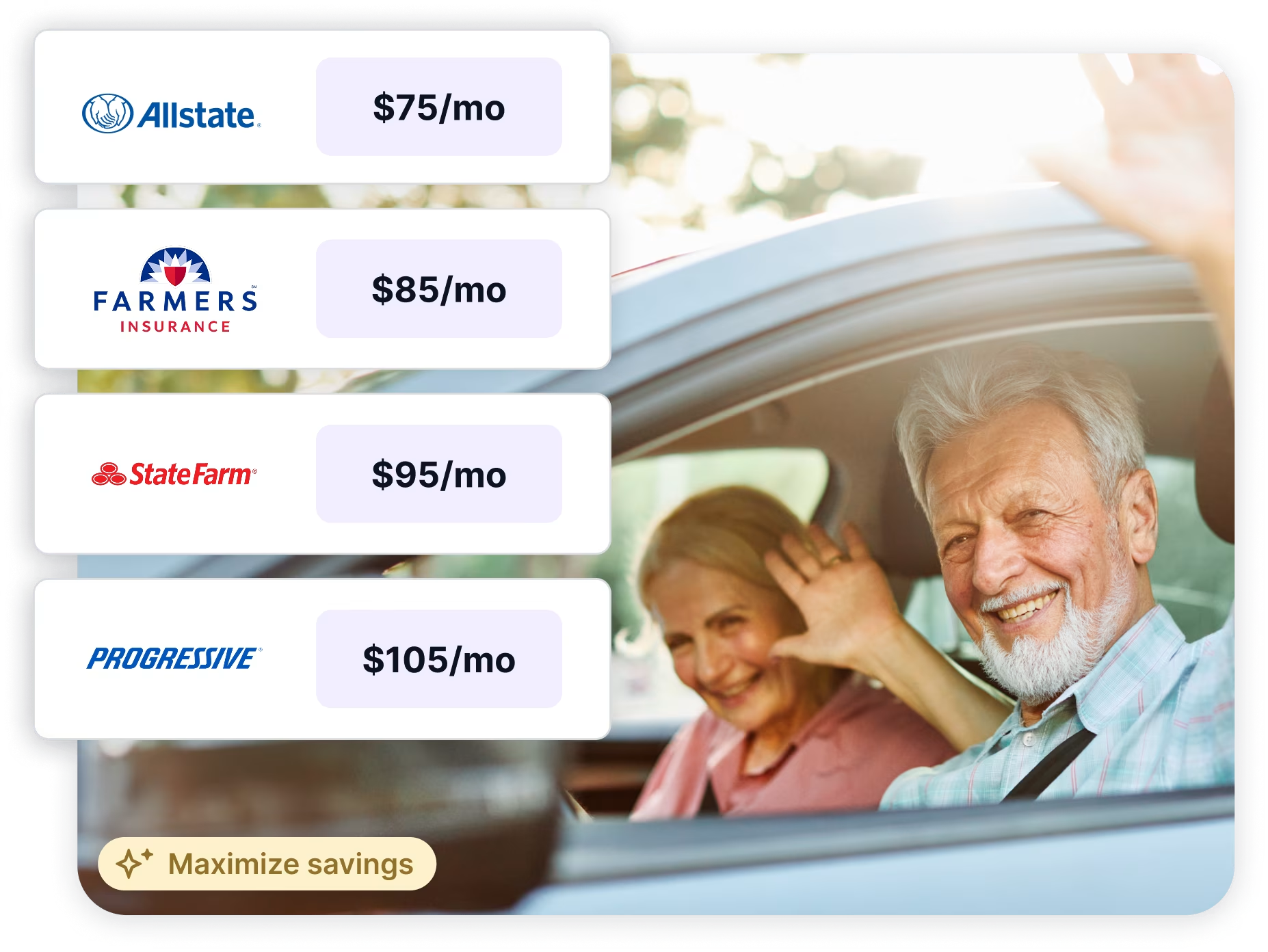
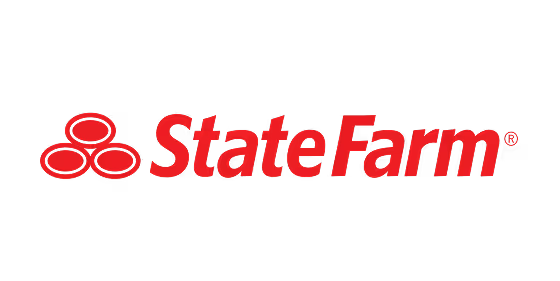
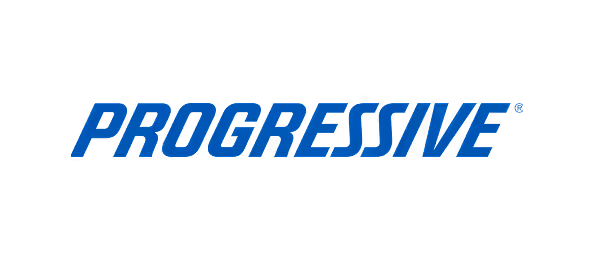




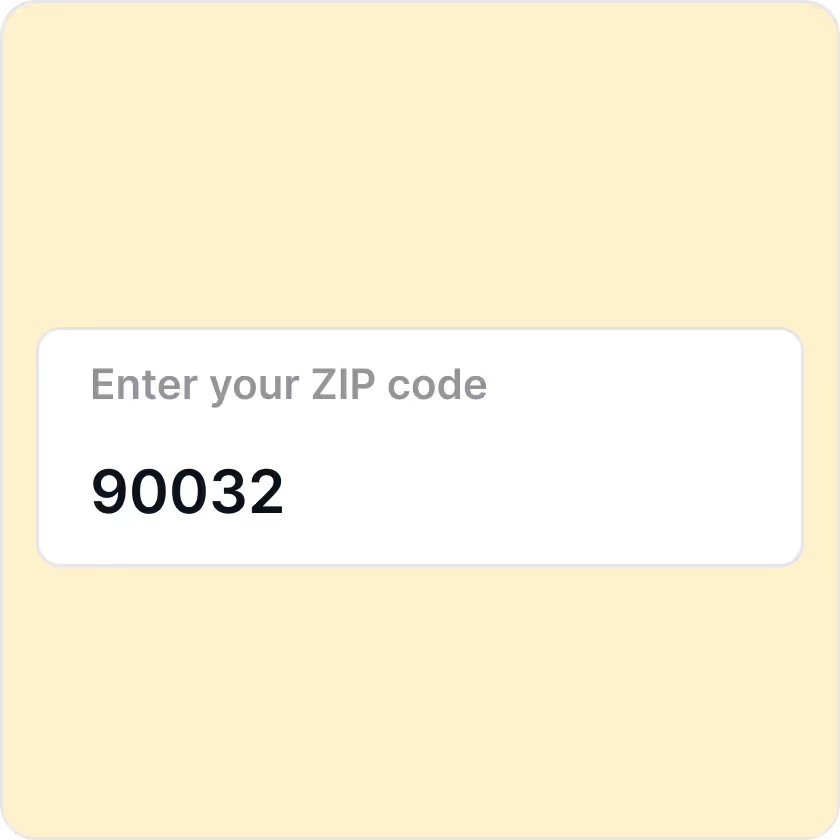

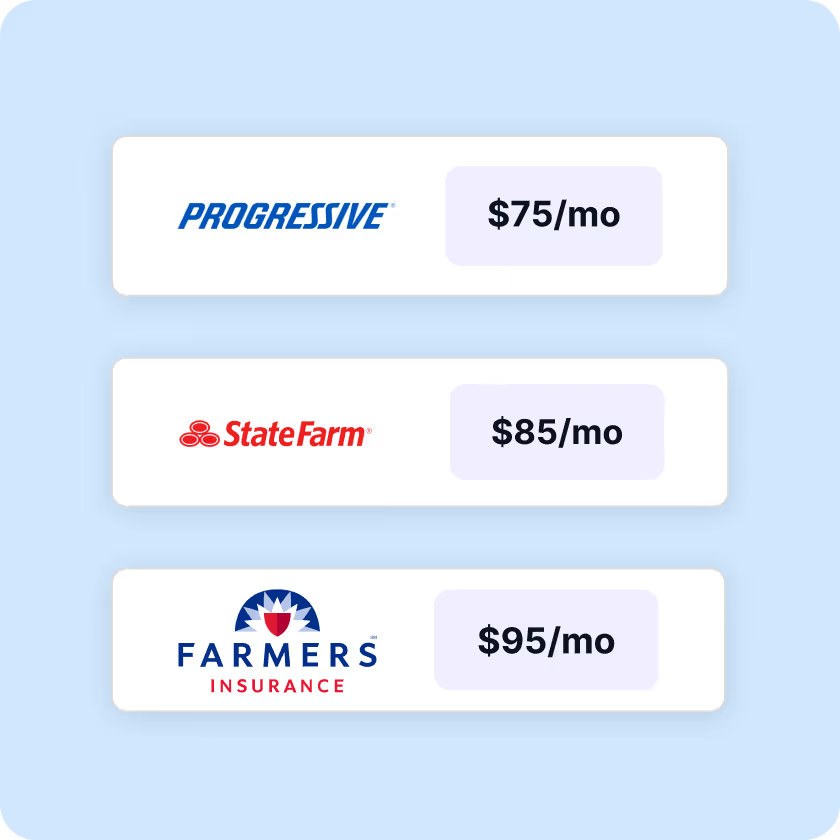























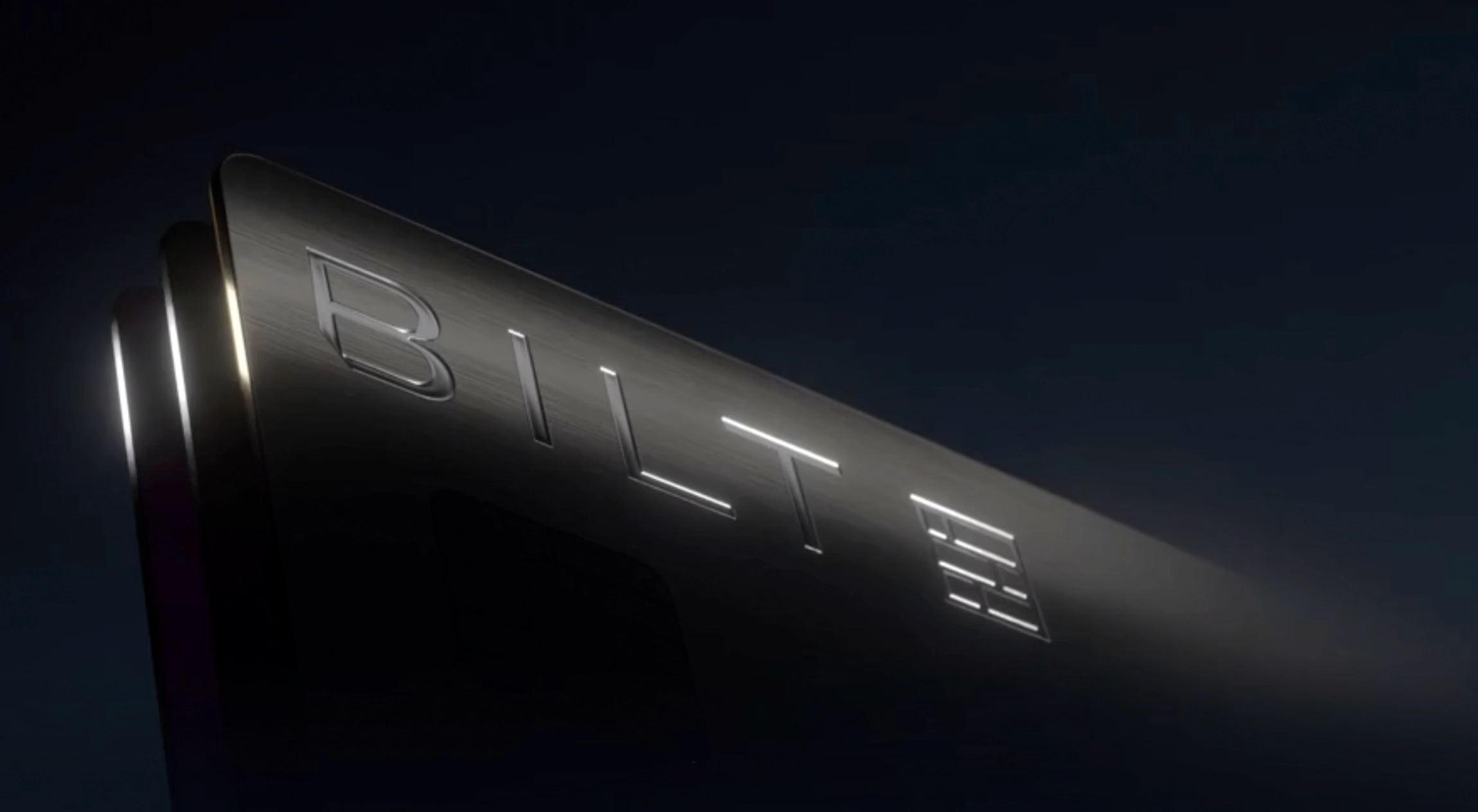
.webp)
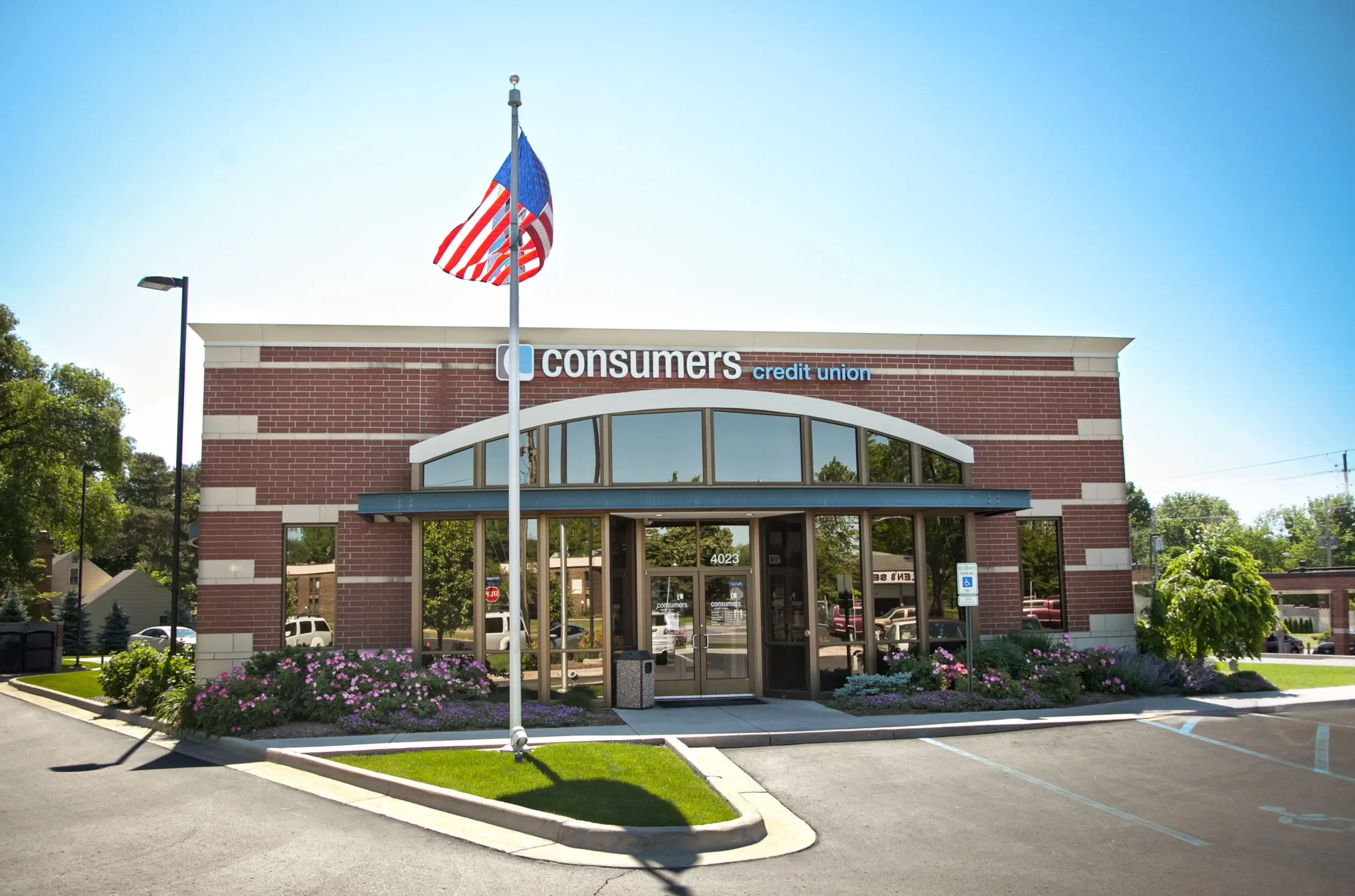
.webp)

.webp)
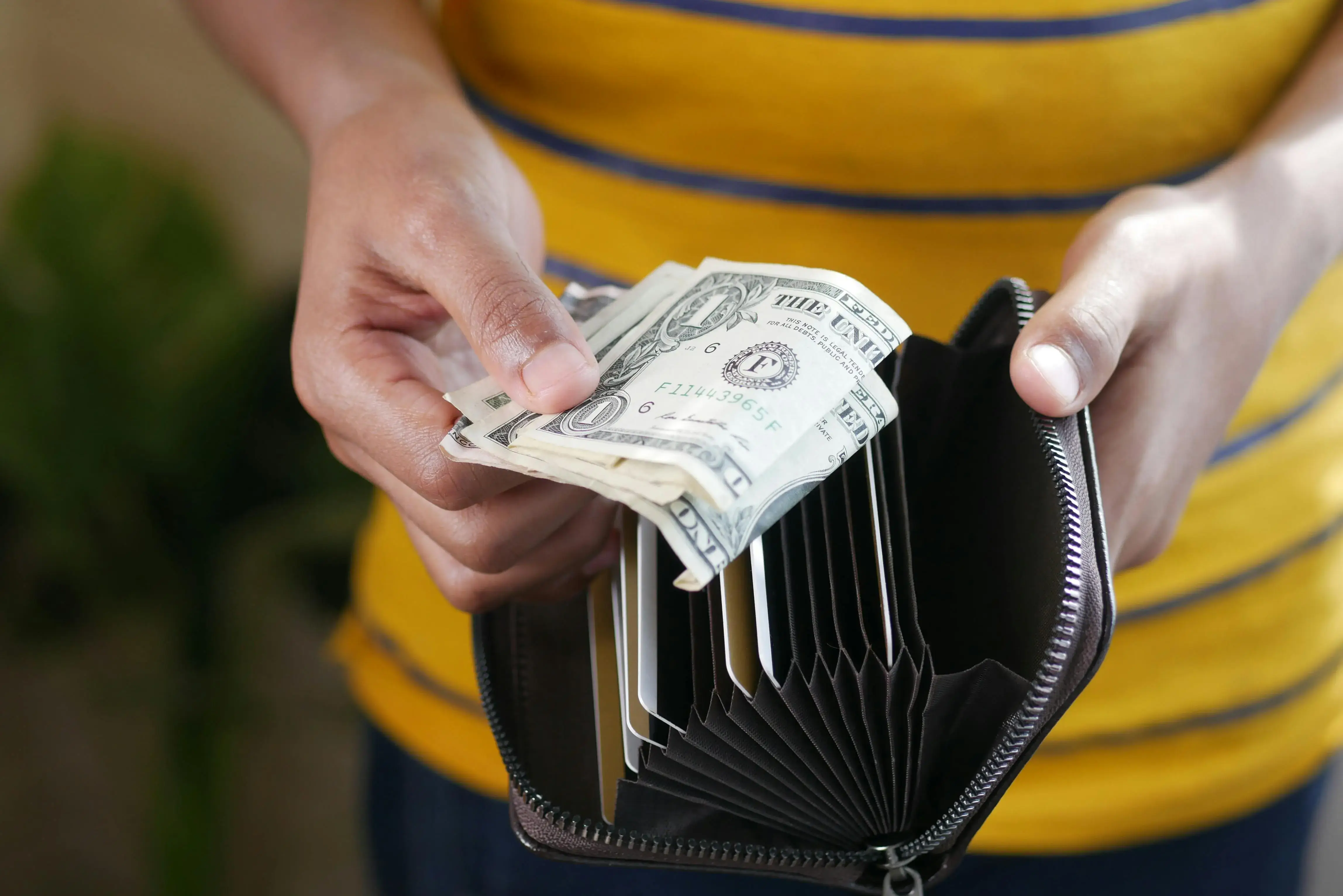

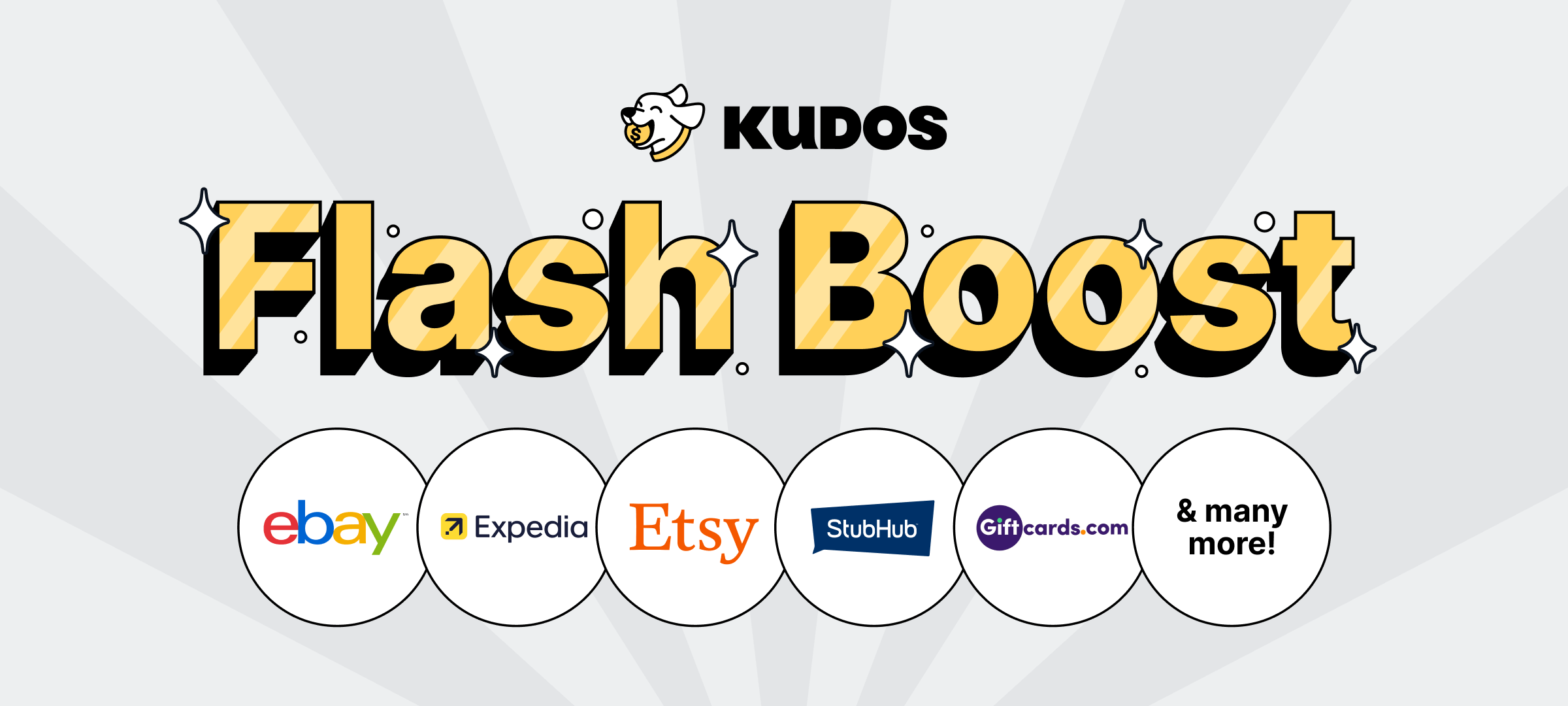

.webp)
